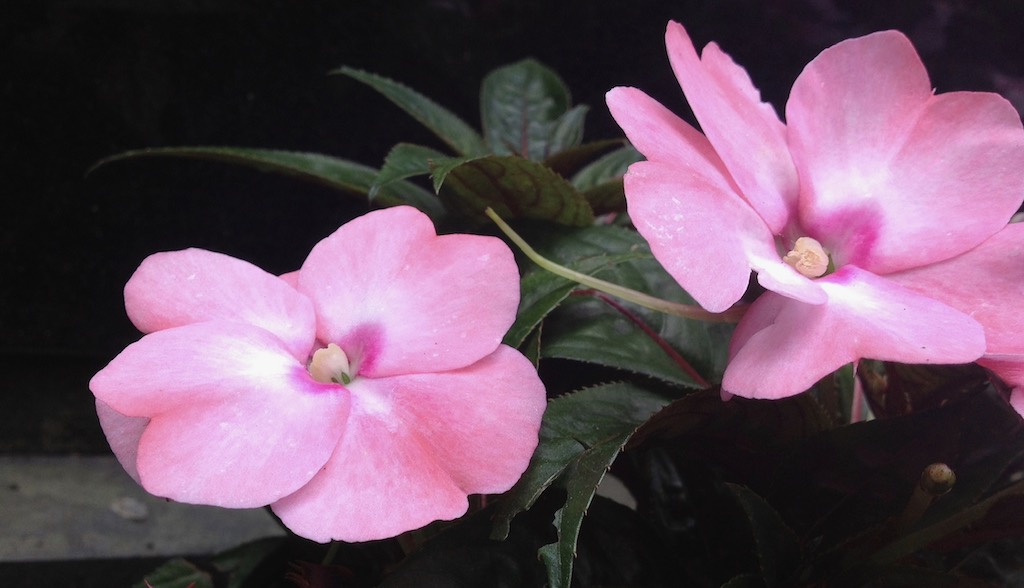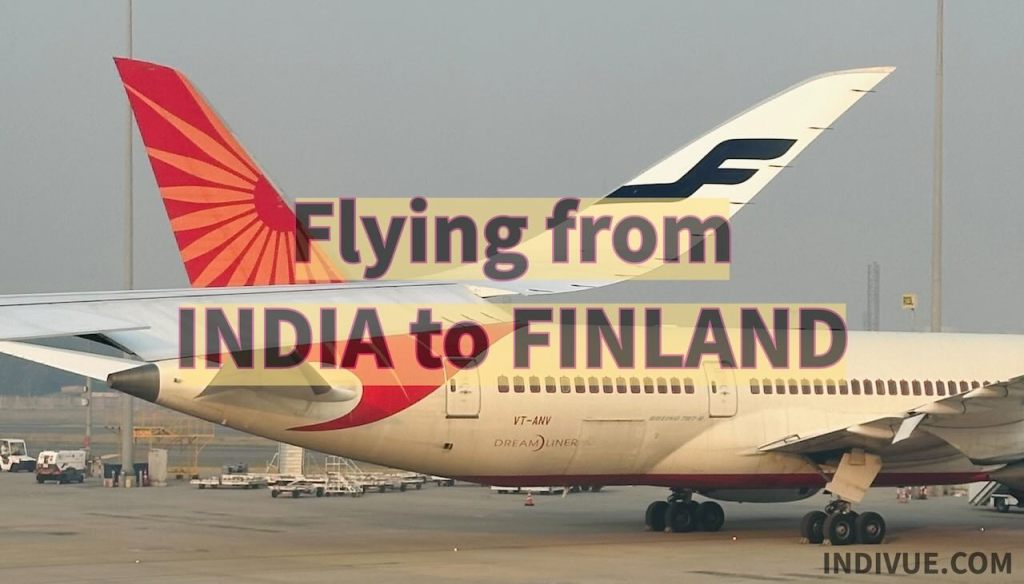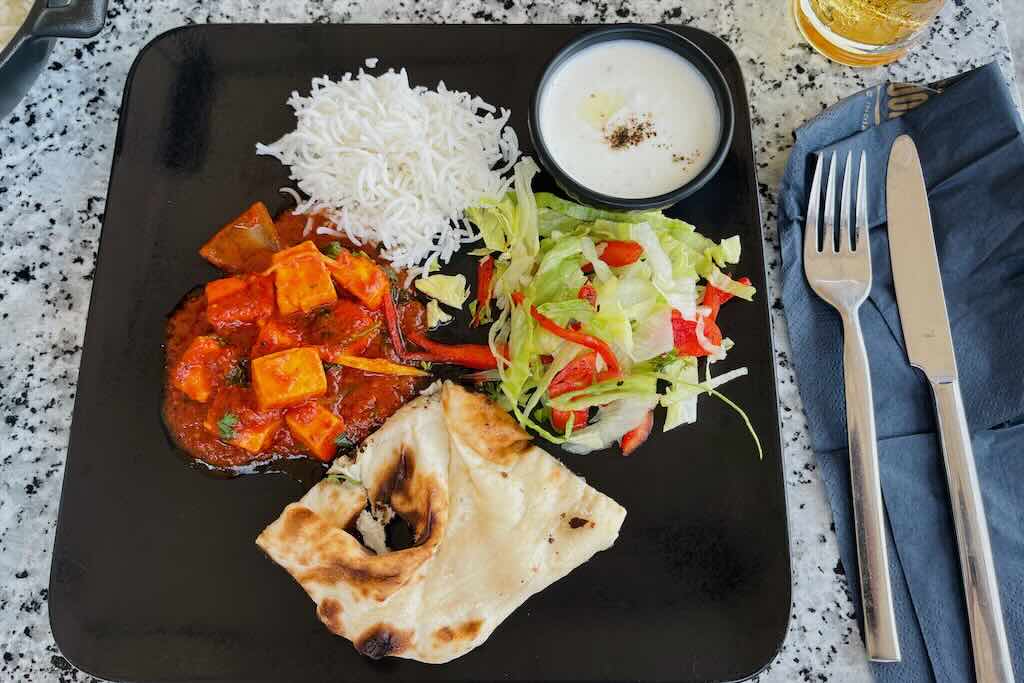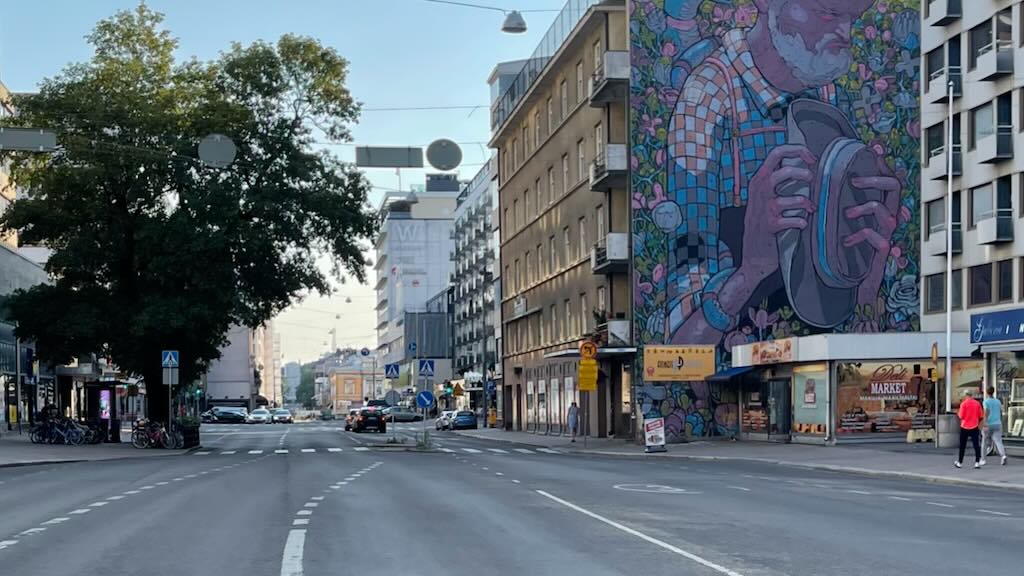The reason I decided to cover breast cancer in this blog is because my best friend in India died this spring of breast cancer. She was an intelligent, educated, skilled, sweet, beautiful woman and the most kind-hearted person I’ve known. However, due to corona restrictions and fears, her cancer diagnosis happened too late. Fortunately, I managed to see her still alive when the international travel restrictions due to the corona virus were lifted last year.
Breast cancer is one of the most common cancers in women around the world, and India is no exception. Although many Western countries have already made significant strides in breast cancer detection and treatment, many women in India still face challenges that can lead to death.
- Statistics of India
In India, breast cancer has become one of the most common forms of cancer. There are many reasons behind this growth, such as increased awareness, changing lifestyles, an aging population, and genetic factors.
- Lack of awareness
In many areas of India, breast cancer awareness is still low. Women may not be aware of the symptoms of cancer, or may not have access to the necessary information or education that could help them recognize early signs of the disease.
- Lack of mammography services
Mammography is one of the most important tools for early detection of breast cancer, but I don’t know how common such services are in different regions of India. The absence of mammography makes it difficult to get an early diagnosis, which in turn can affect the final treatment results.
- Cultural and social barriers
Some cultural or societal norms may prevent women from seeking treatment. Family or community pressure, fear of stigmatization, or financial barriers may be common reasons why women do not seek treatment on time.
- Treatment options and availability
Although India has made progress in many areas of healthcare, services related to breast cancer care may still be unevenly distributed across the country.
Breast cancer deaths are a growing concern, highlighting the need to raise awareness, improve access to services and address cultural and societal barriers that prevent women from seeking treatment. National-level interventions such as education programs, improvement of healthcare infrastructure, and strategies for early detection and treatment of breast cancer can help reduce breast cancer deaths in India.
Breast cancer kills, even in India
When talking about breast cancer in India, a country currently aiming to land on the moon, it’s hard to ignore the heartbreaking personal stories that tell of the seriousness of cancer and the challenges it poses. One of these stories is about a good friend of mine, whose cooking videos you have seen on my blog over the years.
We had been friends for well over a decade and traveled a lot together when her diagnosis took us by surprise like a bolt from a clear sky. Although she had been aware that she should go to the doctor, she had postponed going to the tests due to corona fears and restrictions on outdoor movement in India. And then, when she finally got tested, the doctor told her she was in the fourth and final stage of cancer. The next two years were full of harsh treatments, hopes and despair. She fought valiantly, but sadly, she did not survive. Two years is a long time to watch a friend fight and mourn her departure, without being able to do anything about it.
But, her story is not the only one. Another friend’s friend of mine in India was just recently diagnosed with the same breast cancer, and also at stage four. It is heartbreaking to see and hear how women are faced with such serious health problems at such a late stage, when the prognosis is already much bleaker.
Why is this happening? What prevents women from examining their breasts regularly and detecting unusual lumps in time? I guess one factor could be cultural norms. The dupatta and scarf, which many women wear over their breasts, can symbolize woman’s “honor” and “chastity” for some. However, such clothing standards can also prevent women from focusing on their own health, can make them underestimate the importance of their breasts, forget about living with their head held high, or prevent them from even talking about breast-related issues. Such a clothing standard, combined with other social and economic barriers, such as lack of education and access to health care, can be fatal cultural barriers.
As I look back at these two women and the many others whose lives have been ended by cancer, it is clear that we must continue to fight for greater understanding, awareness, education and care. The purpose is to prevent these stories from repeating themselves, and therefore it is necessary to break down the barriers that prevent women from taking care of their health.
It is also important to remember that breast cancer is not just a women’s problem: it affects the whole community. Therefore, husbands, sons, brothers and fathers should also take an active role and remind their mothers, sisters, wives and children about regular breast examinations. But with the exception of doctors and nurses, people outside the family don’t need to be personally reminding of it. However, talking about breast cancer should be made normal and easy, and even though the topic may seem delicate, it should not be hidden – it is vital to deal with it. As we know, having cancer is not only challenging for the patient; it is a tough experience even for the patient’s closest people, who witness a loved one wither away.
In the end, although I have now told you sad stories, I must tell you there are also glimmers of hope. It’s because I also happen to know one woman in India who has survived breast cancer. This is proof that early diagnosis and timely treatment is not a death sentence, but can give the patient a chance to recover and continue life. Each survivor story creates hope and reminds us to keep fighting breast cancer.
The journey of art continues
My late best friend was one of the very few people who has helped me in my 18 years of blogging history. She was also my biggest and almost only YouTube fan. Every time I published a new YouTube video, she was genuinely happy about it, and I kept making those YouTube videos for her, because I wanted to tell her about Finland and Europe and our traveling in India. I wanted to tell so many things, but the language barrier often came up. So I decided to just make videos and at the same time I taught her to also make videos.
My friend was so excited about her own cooking channel and it’s sad that she wasn’t able to finish building the channel. She was really skilled in making of Indian sweets, for example. You can find here my late friend and few of her Indian food recipe videos. I miss her a lot, but I’m grateful that I got to know her and I’m also grateful for everything she taught me. Like making Indian roti breads.
My friend also gave me permission to tell you about breast cancer. One of her biggest wishes was for my YouTube channel INDIVUEtv to reach the necessary minimum 1000 subscribers watching at least 4000 hours my videos. The goal of 1000 subscribers was reached, luckily, and how happy my friend was when she saw it! – She called me all the way from India and congratulated me when a thousand subscribers had been reached.
So thank you to all of you who have subscribed to my YouTube channel – It was also an important achievement for my late friend, whose couple of cooking videos can still be found on my channel. And after I get 3500 hours of people watching my videos about travel and art, India and Europe, my dear friend’s wish will be fulfilled.






Leave a comment